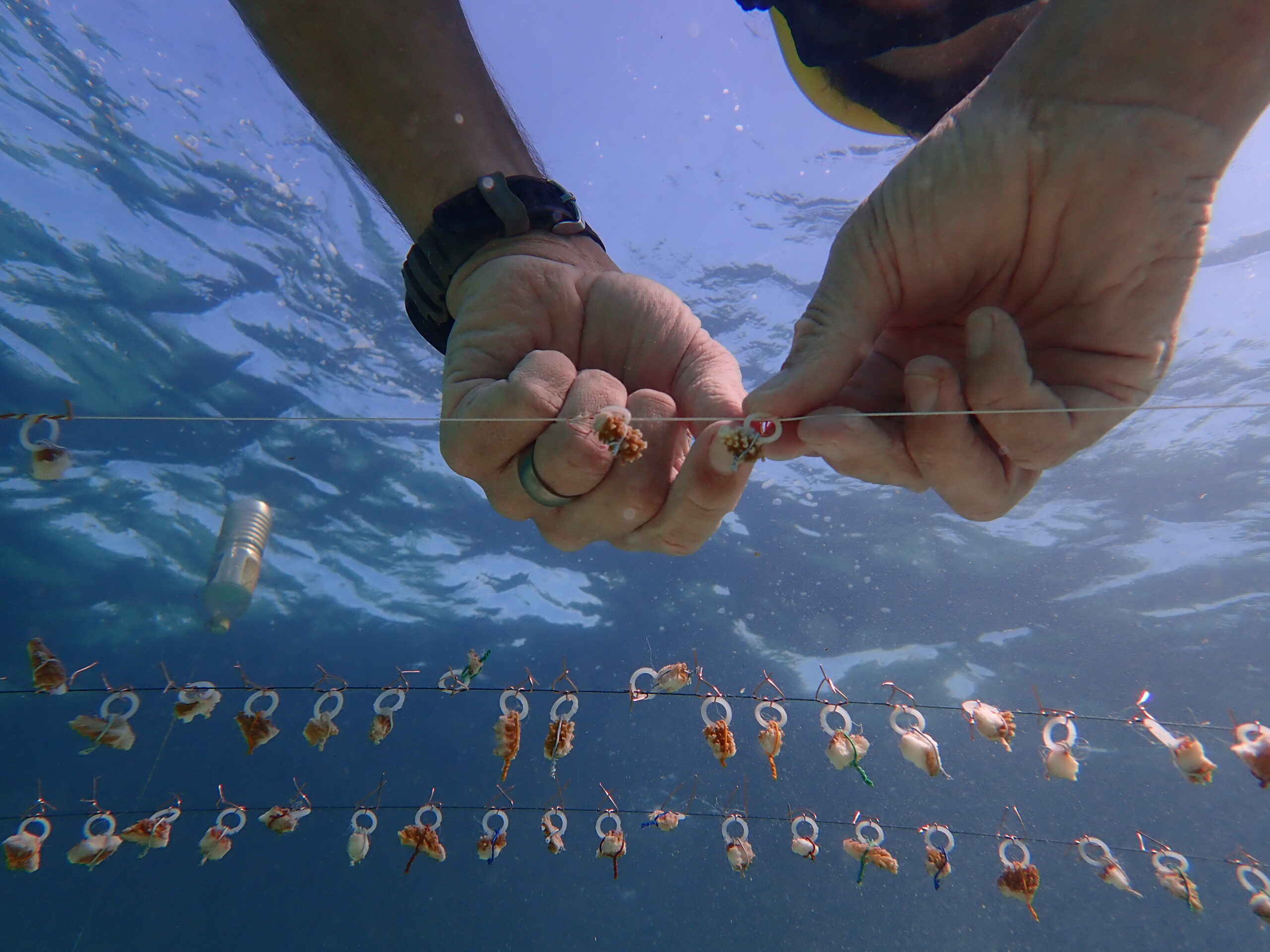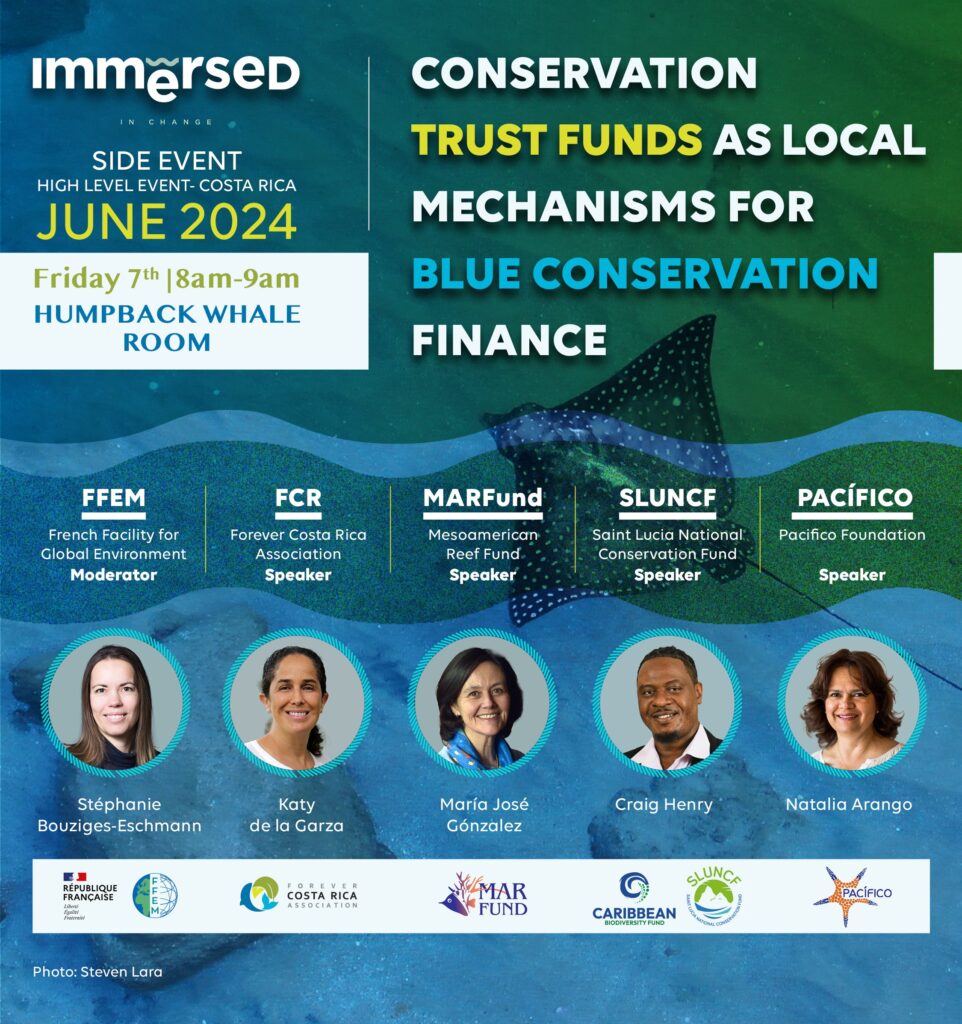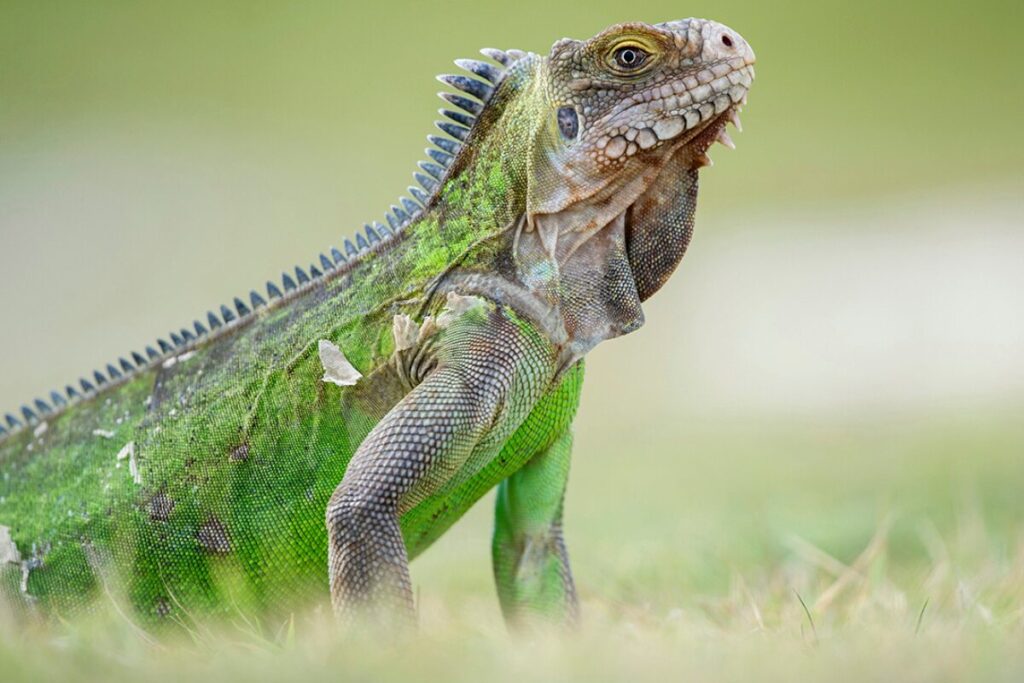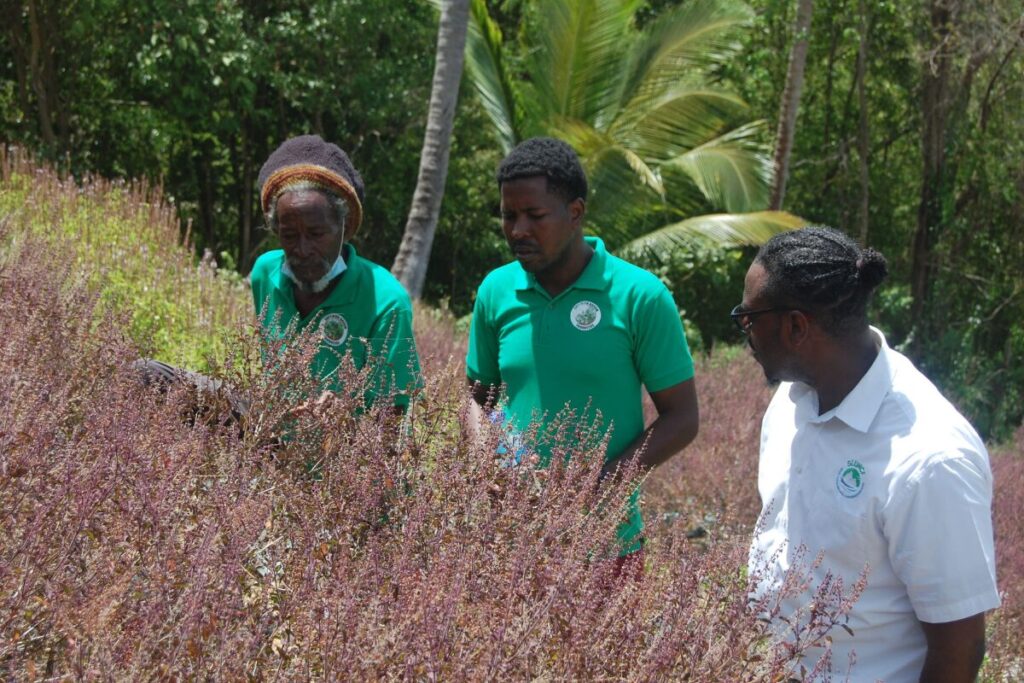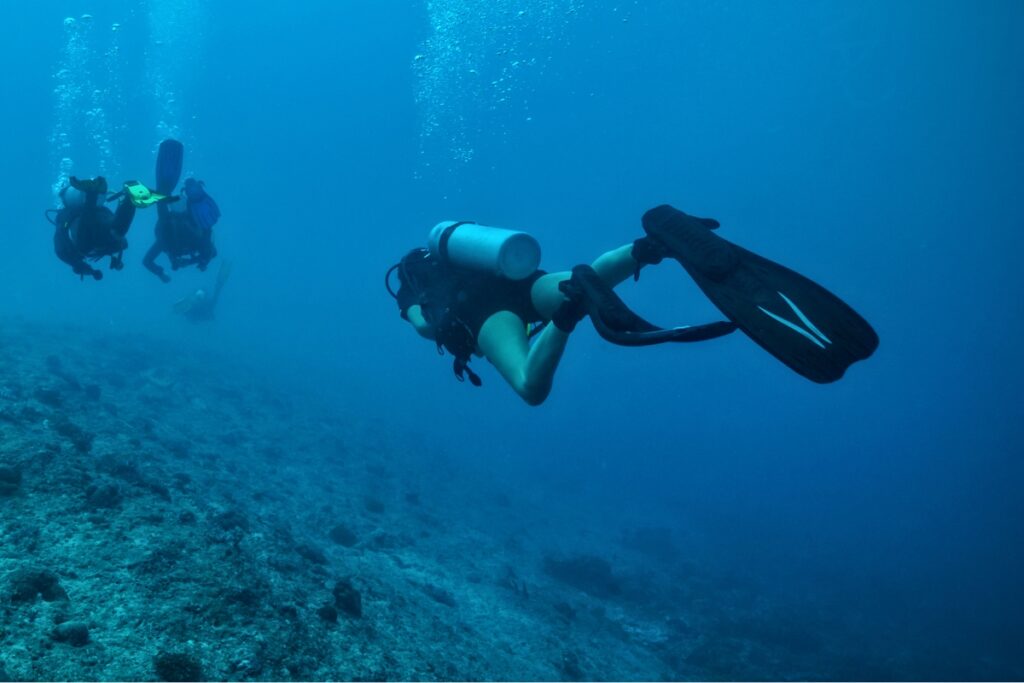The Caribbean is home to 10% of the world’s coral reefs, with 60% of reefs located in the countries of Cuba, Dominican Republic, Haiti, and Jamaica.
Live coral cover – a key measure of coral health – in the Caribbean has declined by 60% over the past few decades due to significant and growing threats including warmer and more acidic oceans, pollution, unsustainable fishing practices, and habitat destruction. Degradation of coral reef ecosystems, which support fisheries, coastal protection, tourism and recreation revenue, threatens the future and livelihoods of the 44 million people who call the Caribbean home. The future of the Caribbean region is inextricably linked to the health of its coral reefs.
The decline of coral reefs is a significant global environmental problem. Conservationists are exploring new techniques to support coral reef restoration. Coral Assisted Reproduction, BIOROCK Technology, and Clonal Coral Propagation are several examples that involve sexual and asexual reproduction methods to produce and deploy new coral colonies. Genetic diversity, community integration, effective monitoring, and intervention sustainability are essential considerations in coral restoration efforts.
Each scientific approach has its merits. For example, sexual reproduction results in high genetic diversity which, in turn, aids adaptation to environmental stressors, such as rising sea temperature, ocean acidification and coral diseases. Once suitable genotypes are available, several clonal propagation methods allow for accelerated propagation of coral material for outplanting.
In February, the CBF EbA Facility hosted a Mangrove and Coral Restoration Workshop in Punta Cana, Dominican Republic where an estimated 140 people joined the hybrid event to share best practices and participate in peer-to-peer exchange of practitioners’ experiences and lessons learnt from EbA projects on mangrove and coral restoration.
Protecting the Majority of the Caribbean’s Coral Reefs
The Ocean Foundation, a CBF EbA Facility grantee and FUNDEMAR (consortium partner) are two organizations on the frontlines working to restore and protect coral reefs on a large scale in the most affected countries—Cuba, Dominican Republic, Haiti, and Jamaica. The Ocean
Foundation has facilitated a south-south peer exchange between Dominican and Cuban scientists to transfer the technology of sexual coral propagation to Cuba. The experience is
documented in this captivating video.
FUNDEMAR monitors, researches, promotes community integration, and partners with stakeholders to expand its network that is currently in 9 countries and counting. Recently, members from the organization delivered training in restoration methods to the Cuba coral restoration community. Learn more about the FUNDEMAR’S coral restoration work in its publication, Assisted Reproduction of Coral in DR
The Connection Between Mangroves and Coral Reefs
Coral reefs protect coastal communities by reducing the impact of storm surges and large waves long before they reach the shores and mangroves. This symbiotic relationship allows for even greater collaboration between CBF EbA Facility grantees and other conservation partners.
MARFUND through its collaboration of trust funds in Belize, Mexico, Guatemala and Honduras are working to protect the Mesoamerican Reef which spans over 1000 km of coastline. MARFUND and its partners have developed the Manual for the Ecological Restoration of Mangroves in the Mesoamerican Reef System and Wider Caribbean, which is a key resource for a regional strategy to protect mangroves. The strategy includes conservation, economic alternatives, economic and institutional frameworks, governance and participation, research and knowledge transfer, and enabling components for strategic implementation.
Challenges and Best Practices in Mangrove Restoration
Mangroves ecosystems are under extreme pressure from climate change and anthropogenic impact. While mangroves are superb at absorbing storm surges and flood water from climate-related events, mangrove ecosystems are declining. Mangrove restoration projects need to get to the root of the problem and address these causes, prior to any active restoration. The need to cater to a wide range of stakeholders with often conflicting agendas adds a further layer of challenges.
Though the protection of these vital resources is rife with challenges, the task is achievable. The
Caribbean Biodiversity Fund is but one of the many organizations taking action right now to create a Caribbean where both its natural environment and people thrive for generations to come.
ABOUT THE CBF EBA FACILITY
The CBF EbA Facility operates within the Climate Change Program to award grants that support climate change adaptation and poverty alleviation through biodiversity conservation and ecosystems management.
To date, three Calls for Proposals (CfPs) have been completed that resulted in the award of USD 35.6 million to fund the implementation of 27 projects. Eleven projects were selected from the first call for proposal, 8 from the second with another 8 projects from the third. These projects target coastal and marine ecosystems such as mangroves, wetlands, coral reefs, and coastal watersheds and will benefit 40 marine protected areas directly and indirectly
Primary beneficiary countries for the EbA Facility include Cuba, Dominica, Dominican Republic, Grenada, Haiti, Jamaica, Saint Lucia, and Saint Vincent & the Grenadines. Three secondary beneficiary countries— Antigua & Barbuda, Barbados and Trinidad and Tobago — are implementing projects as well.
The Facility is governed by an EbA Committee appointed to provide strategic advice and technical supervision including oversight of project implementation and the selection of proposals to be awarded.
ABOUT THE CARIBBEAN BIODIVERSITY FUND
The Caribbean Biodiversity Fund was established in 2012 to create reliable, long-term funding for conservation and sustainable development in the Caribbean region.
The Caribbean Biodiversity Fund (CBF) is a regional umbrella environmental fund that uses a flexible structure to implement innovative solutions and consolidate resource mobilization in the Caribbean through a range of financial instruments. The CBF has received financial support from mainly the German Government, specifically the Federal Ministry of Economic Cooperation and Development (BMZ) and the Federal Ministry of Environment (BMU), both through the German Development Bank KfW and the IKI International Climate Initiative, as well as The Nature Conservancy (TNC). Other donors would include the GEF, World Bank, UNDP, French Agency for Development (AFD), the French Facility for Global Environment (FFEM) and Global Affairs Canada.
Currently, the CBF has 3 programs, the Conservation Finance Program, based on an endowment fund,
Climate Change Program, focused on Ecosystem-based Adaptation (EbA) strategies, and Nature-based Economies Program with an Advancing Circular Economy focus.
The Conservation Finance Program currently provides sustainable financing to 11 Conservation Trust Funds in the following countries: Antigua and Barbuda, Bahamas, Dominica, Dominican Republic, Grenada, Guyana, Haiti, Jamaica, St. Kitts and Nevis, St. Lucia, St. Vincent and the Grenadines.

